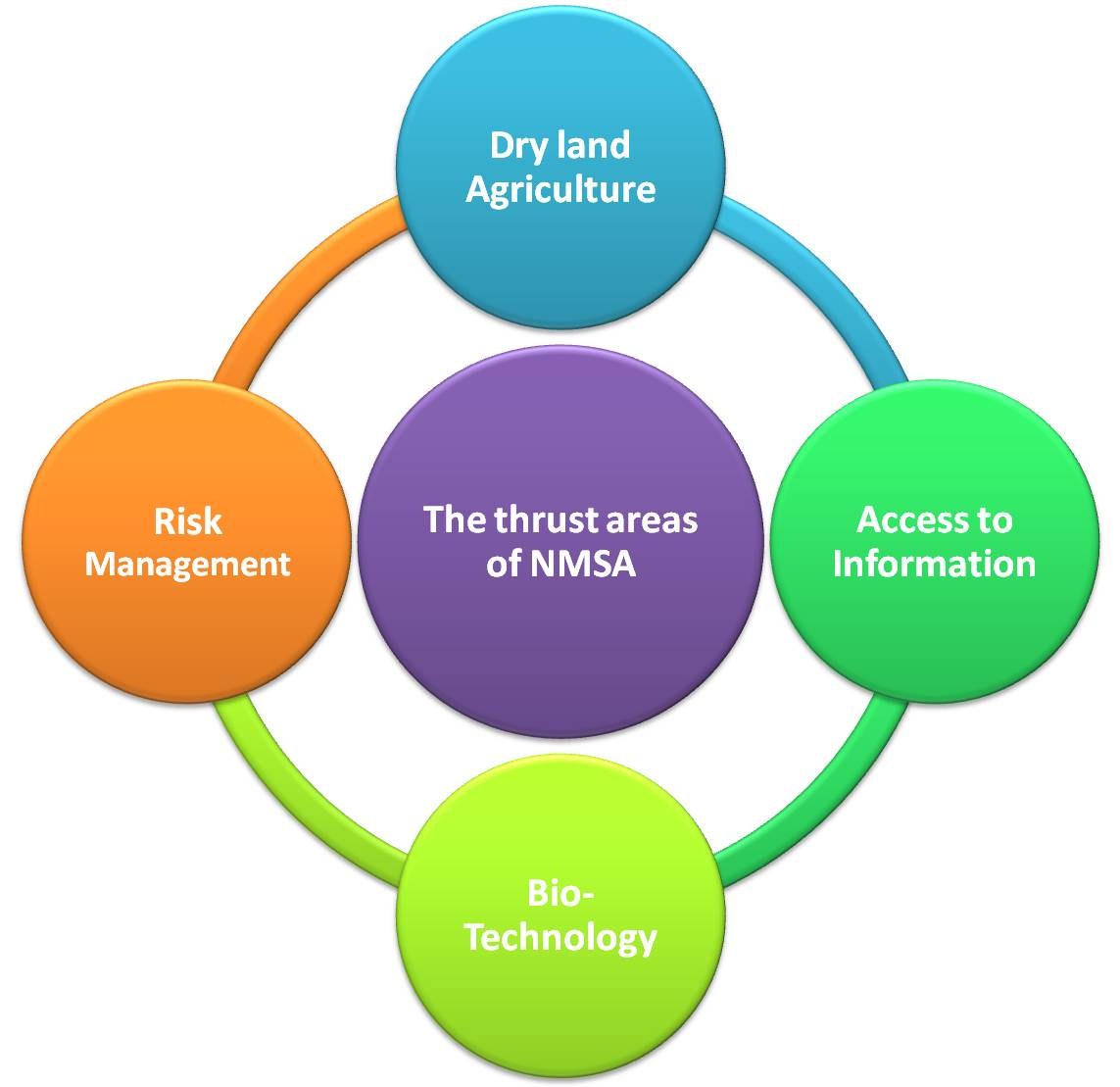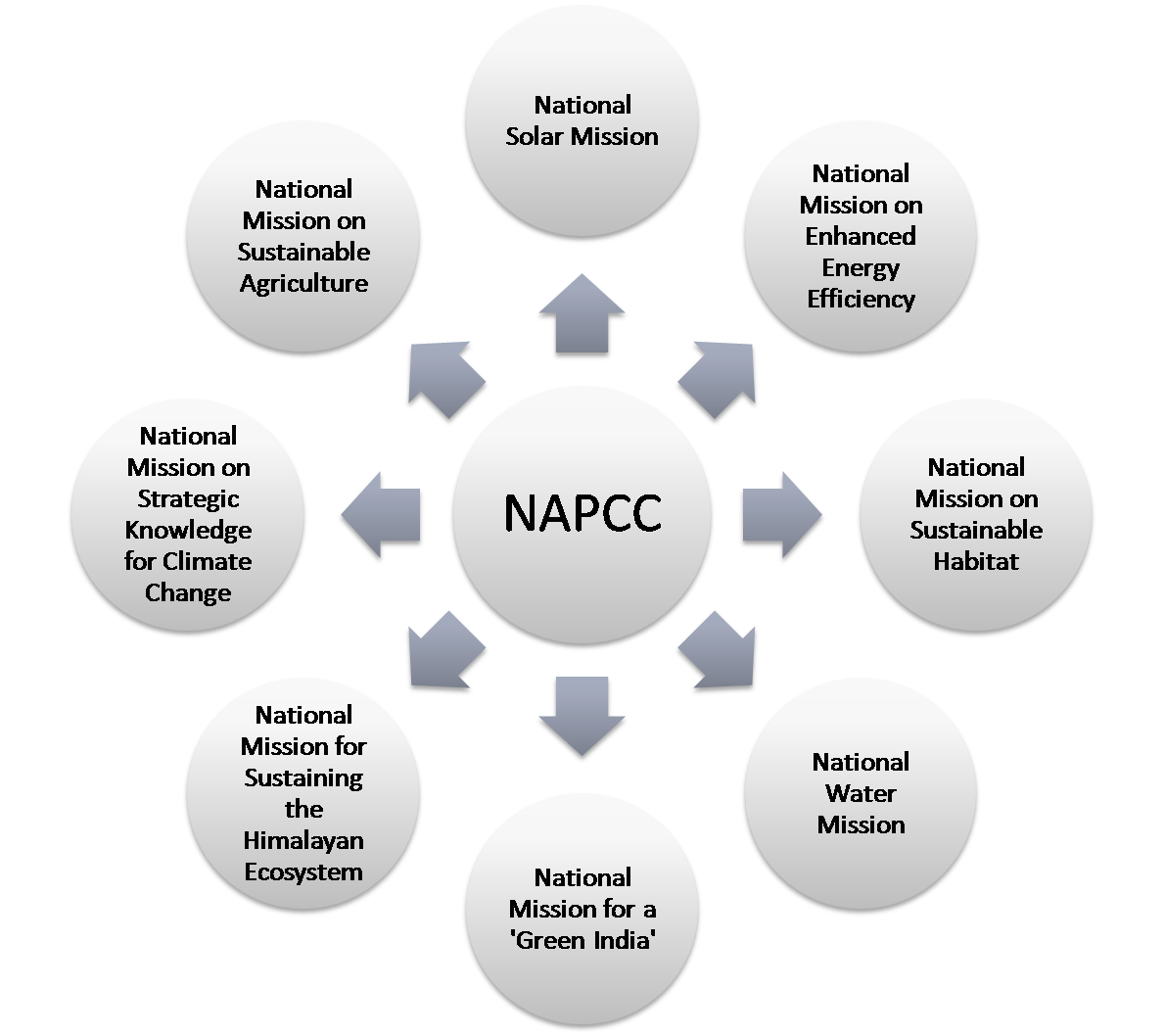Durban Debacle – COP17
Durban conference has ended without any clear cut decisions. The only positive aspect was perhaps that Kyoto would not be getting extinguished anytime soon. The second commitment period was agreed subject to a binding treaty for all from 2020. EU, Australia and New Zealand will be a part of it. It remains to be seen whether Japan will agree or not as both Japan and Canada have refused to be part of any extension.
Nations agreed to decide on the modalities of the next legally binding treaty by 2015 and implement it from 2020 which will mandate big emitters like China, India and USA with legal emission commitments after 2020. This would be brought about by the Ad Hoc Working Group on the Durban Platform for Enhanced Action which would prepare a protocol, legal instrument or agreed outcome by 2015. Equity and the principle of common but differentiated responsibility would now be gone from such a treaty which would have legal commitments for all not differentiating between developed and developing countries.
The biggest surprise has come from Canada which suddenly pulled out from the Kyoto Protocol to prevent paying the hefty penalty for not meeting its targets. So much for the Kyoto Protocol which goes to show how weak a treaty it is; I think countries should keep this in mind when going for the next treaty that will be implemented from 2020. What is the point in having a protocol when you can pull out of it if you don’t meet the targets. Now two major countries are out of it- the US and Canada. It may not be surprising if others follow suit.
It took the oratorical skills of Ms. Natarajan to shake off the pressure from EU and countries like Canada which were pointing fingers at India and portraying it as the bad guy of climate talks.
She made an impassioned speech which swung opinion once back and pointed out the hypocrisy of developed countries which are extremely non-serious about climate change.
“My country has a tiny per capita carbon footprint of 1.7 ton and our per capita GDP is even lower. I was astonished and disturbed by the comments of my colleague from Canada who was pointing at us as to why we are against the roadmap. I am disturbed to find that a legally binding protocol to the Convention, negotiated just 14 years ago is now being junked in a cavalier manner. Countries which had signed and ratified it are walking away without even a polite goodbye. And yet, pointing at others.”
The outcome of Durban like other recent COP’s has been very vague. I think COP’s are becoming failures because of constant procrastination. But for how long can we do that. 2015 is round the corner and given the hectic parleys required, one can only guess whether there will be a treaty/protocol from 2020 or not. Time is running out and climate change mitigation needs concrete measures. This is one issue which cannot be postponed. Sadly, the world is not listening.
| Some important decisions on Carbon Markets | |
| Bridging the gap | Optimistically, climate change conference at Durban has become successful for bridging the gap between GHG emission control measures of the developed and developing countries. This is due to the declaration of developing countries like China and India to take legal emission cut soon after the year 2020. This is for first time when China and India pledged to work towards an agreement “with legal force” to limit their emissions. |
| Continuation of CDM | CDM is not dependent on emissions targets of the annex 1 countries and hence it would continue to operate after the expiration of the first commitment period. |
| EU came up with positive news – at least as compared to others | As per European Union announcement – The CDM will continue no matter what type of decision is taken in Durban but they wanted developing nations to do more than what they are doing now and just above the business as usual scenario. |
| UN CDM loan fund | The UNFCCC will launch a loan scheme to finance CDM projects that generate certified emissions reductions (CERs) in poorer countries from next year. This proposed loan disbursement scheme will be available to countries that have fewer than 10 registered CDM projects by the end of 2012. |
| CERs from least developed countries | CERs only from least developed countries will be preferably used for compliance under the EU emission trading system (EU ETS) when phase III starts in 2013. |
References;



